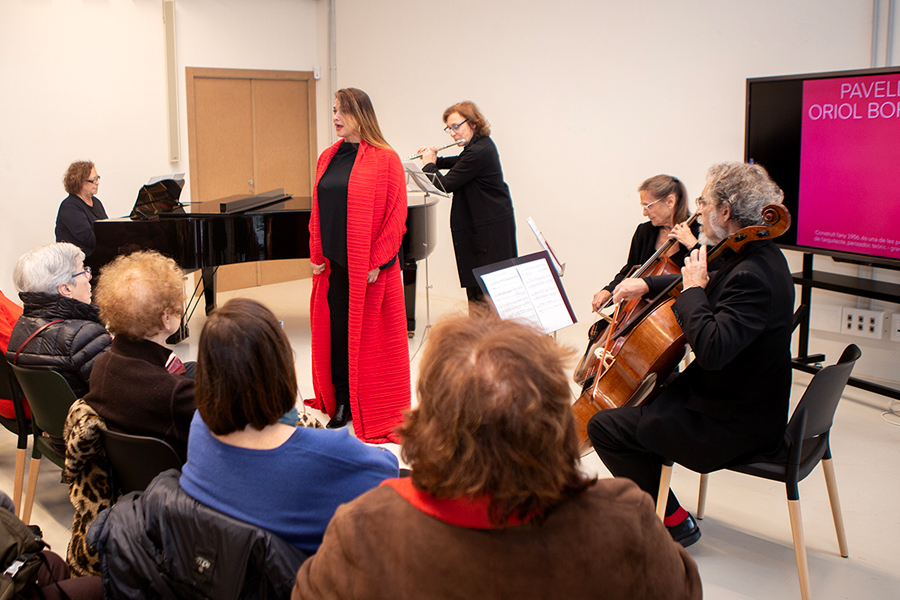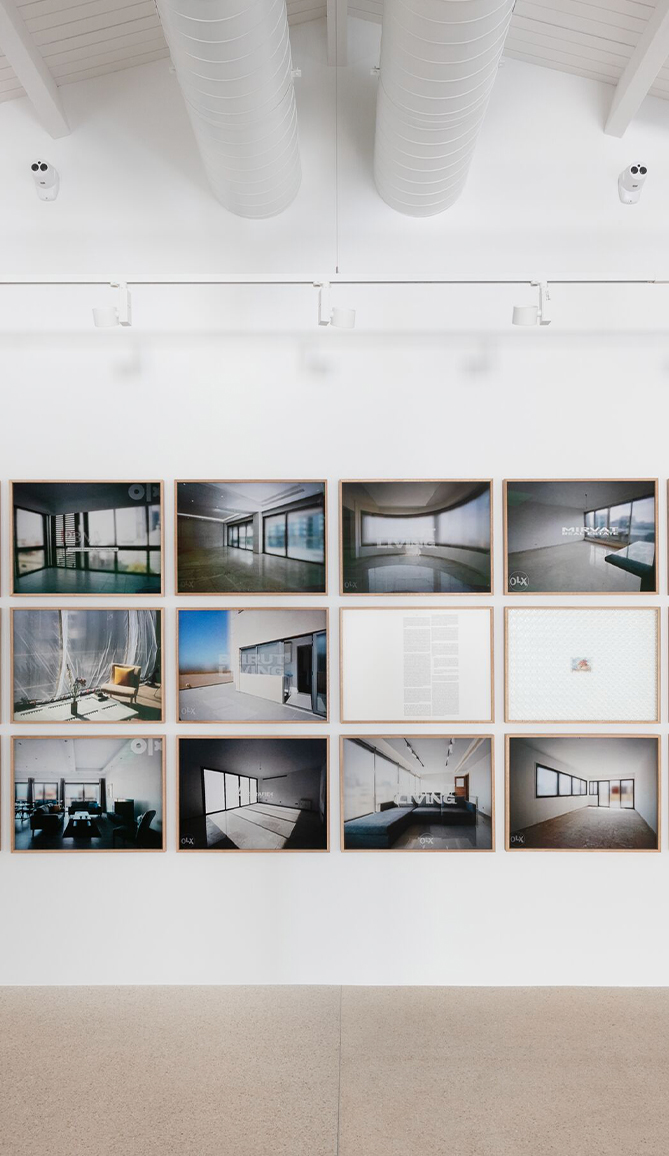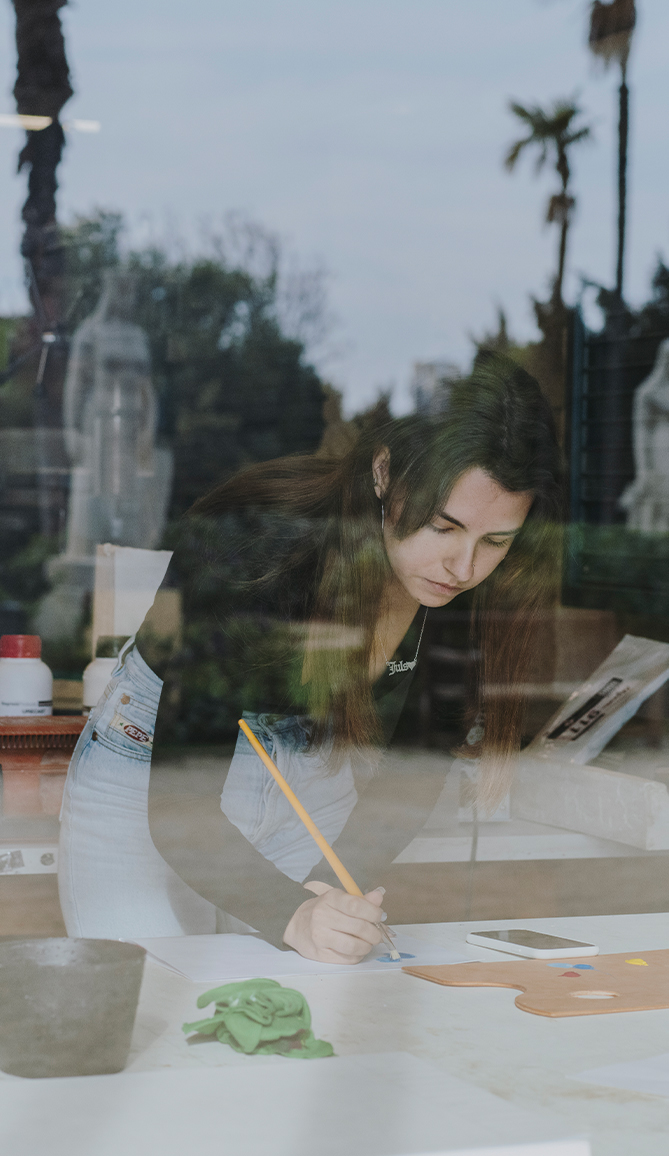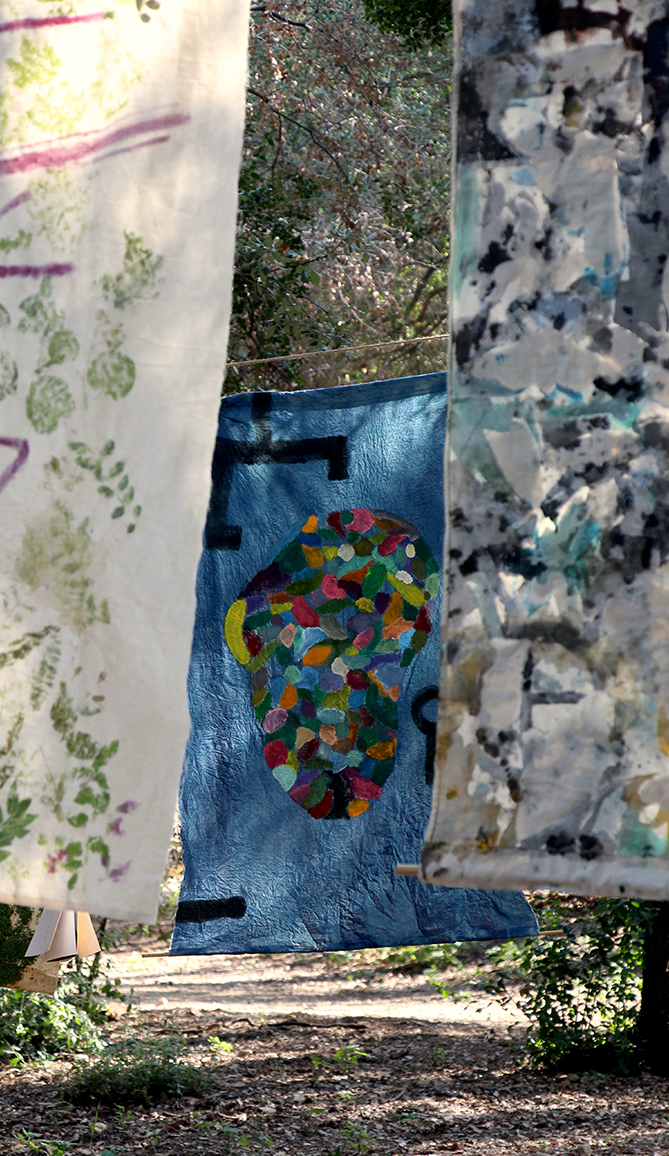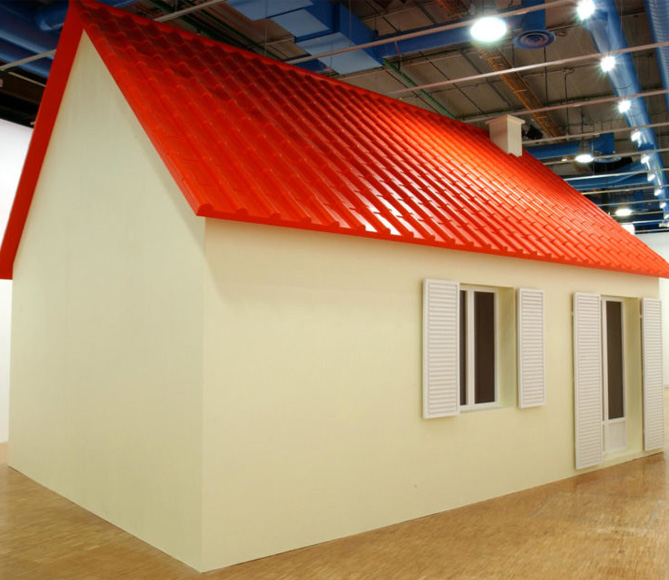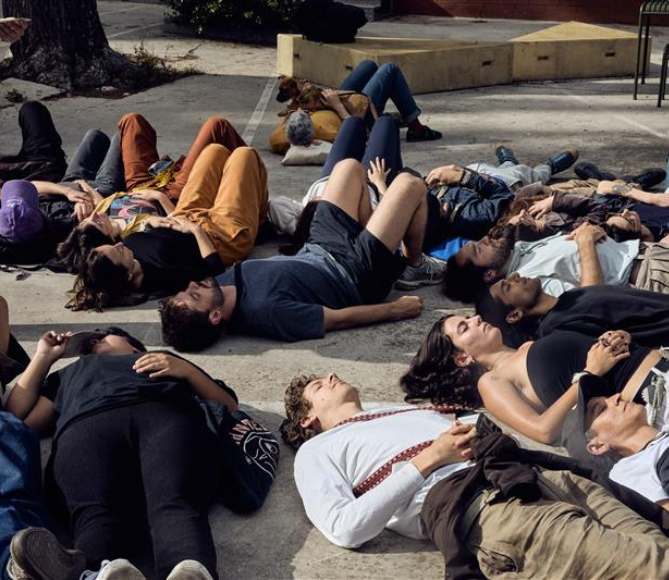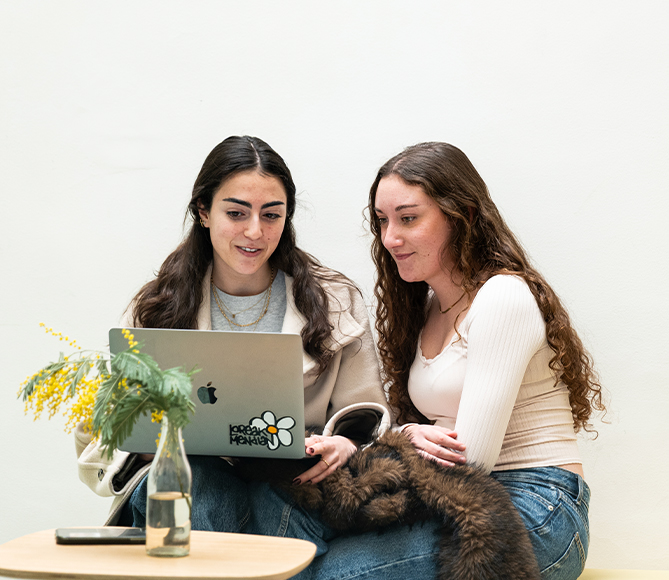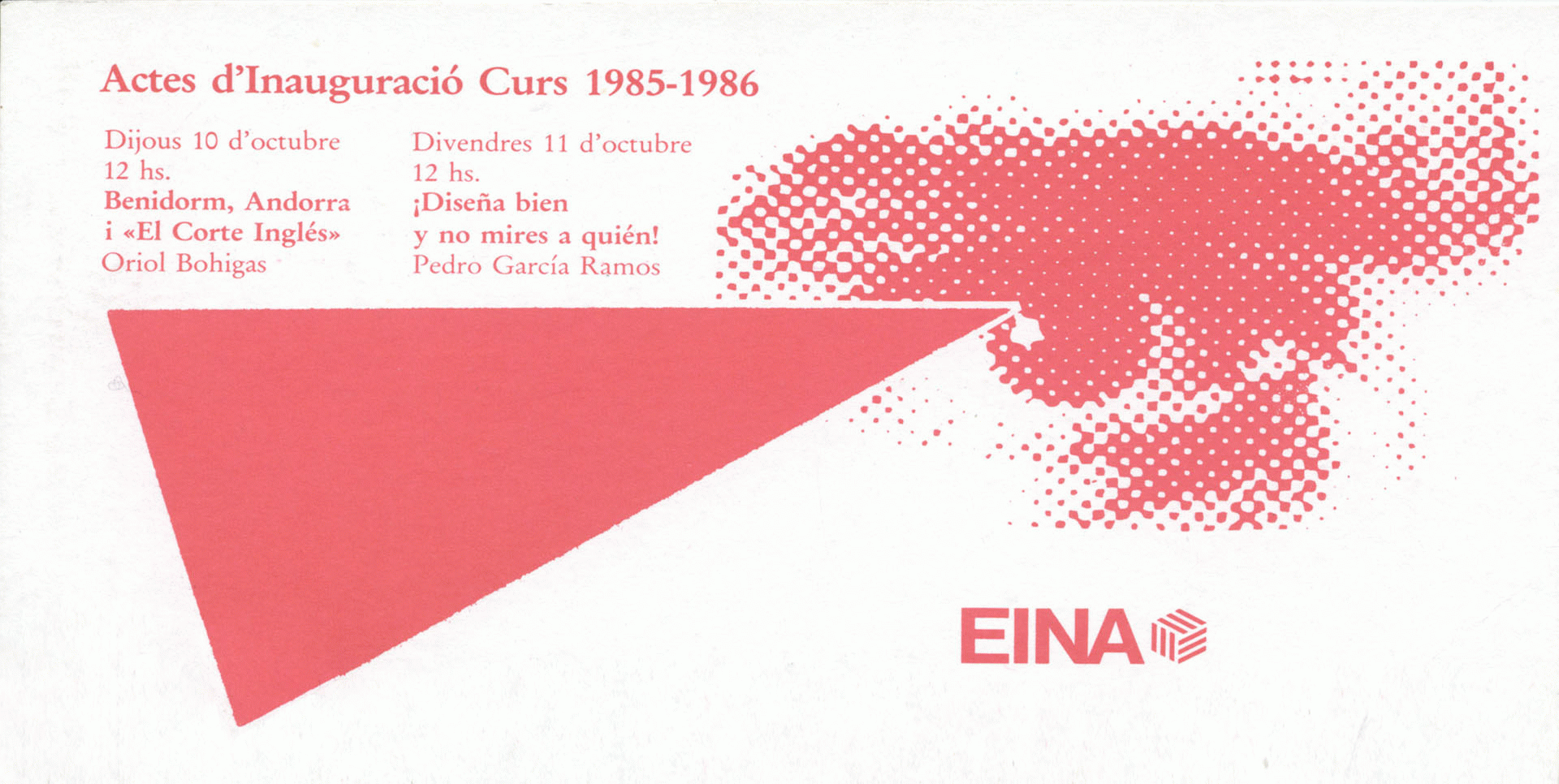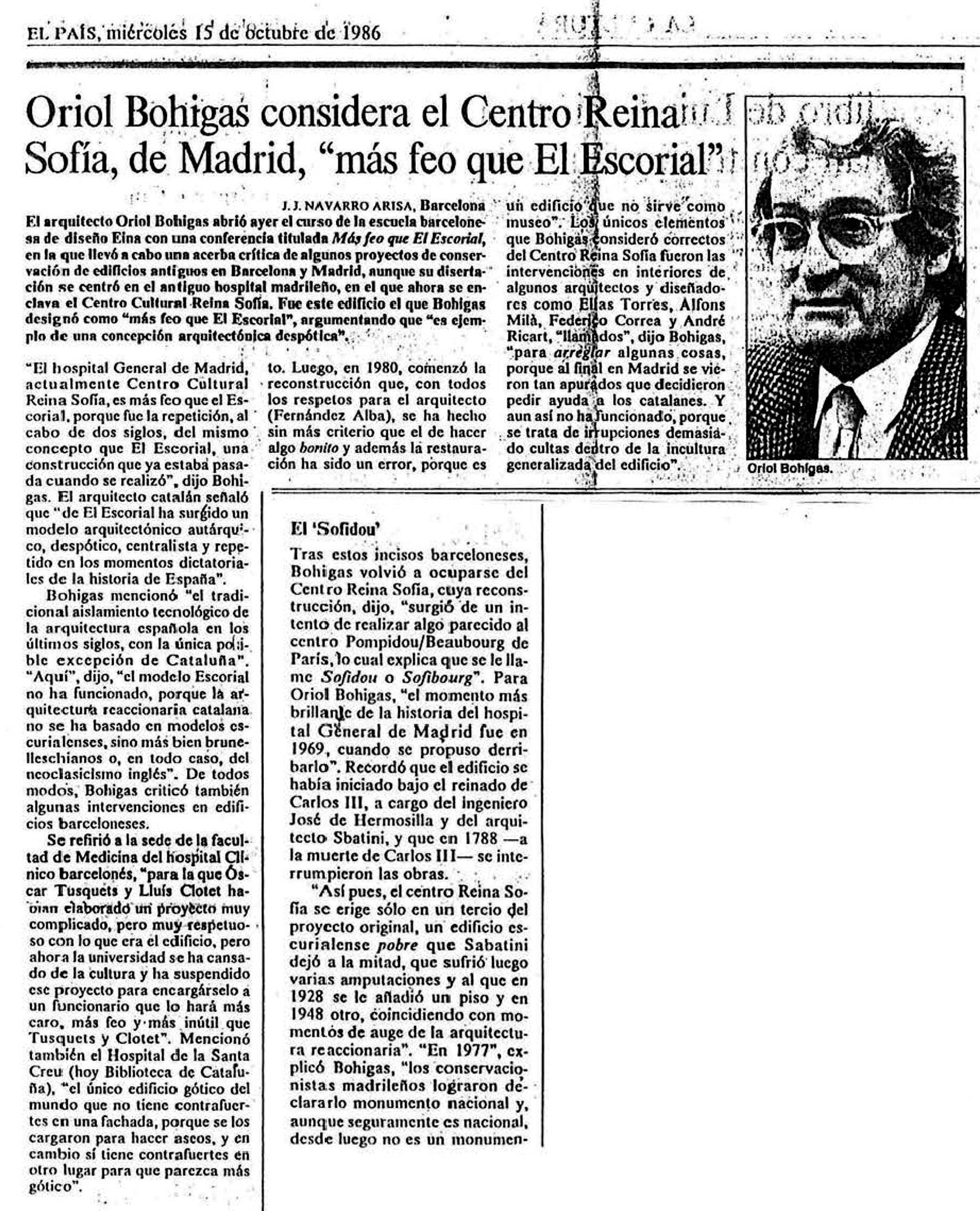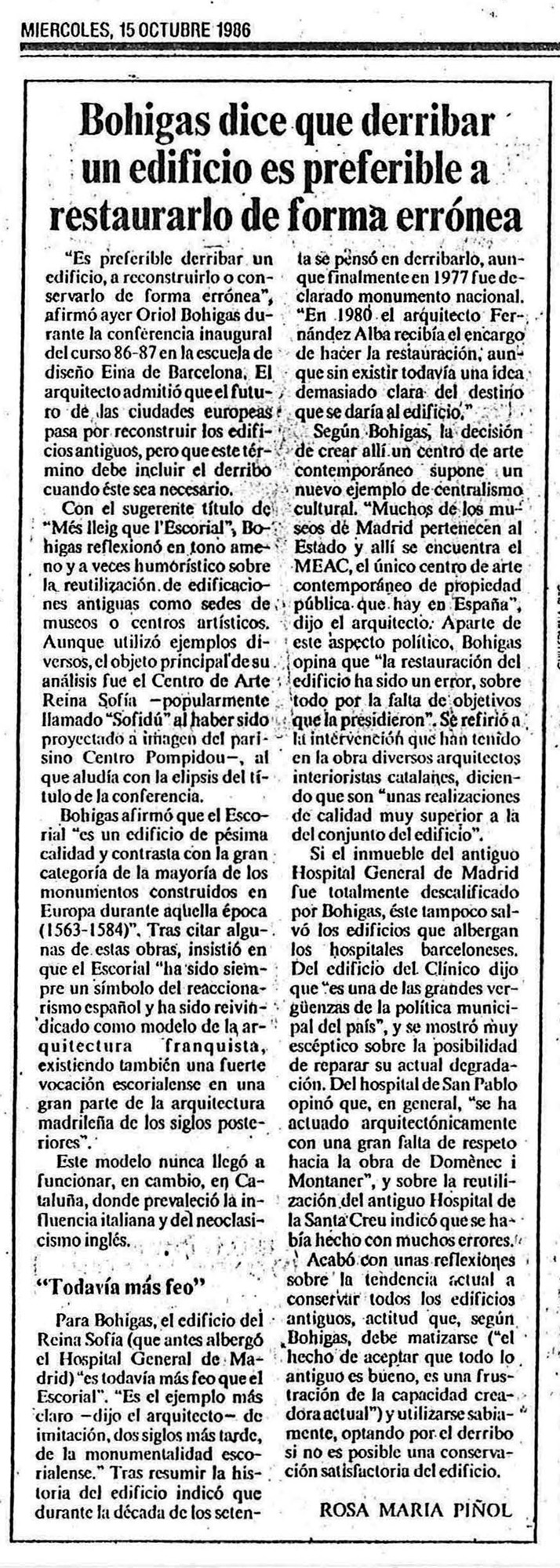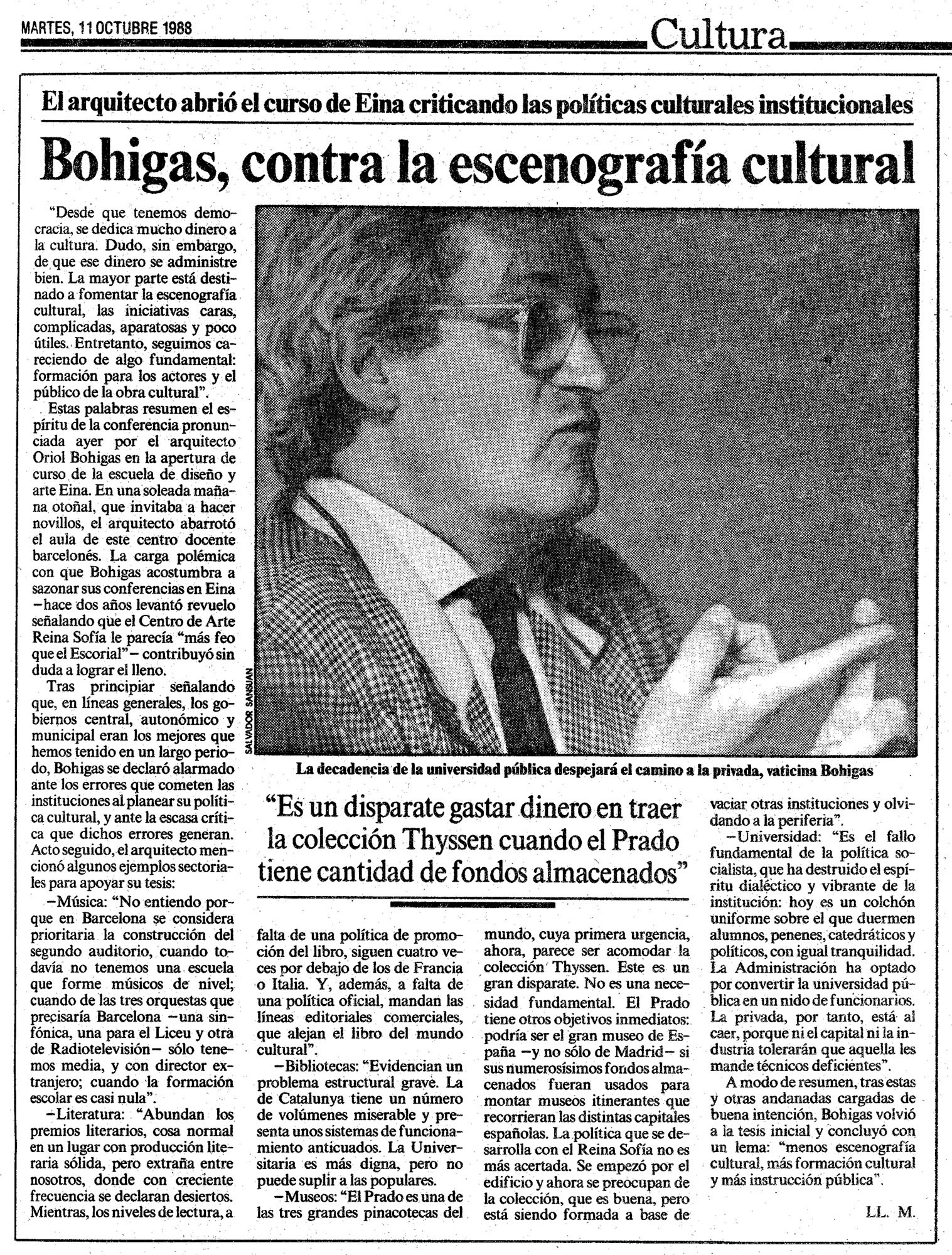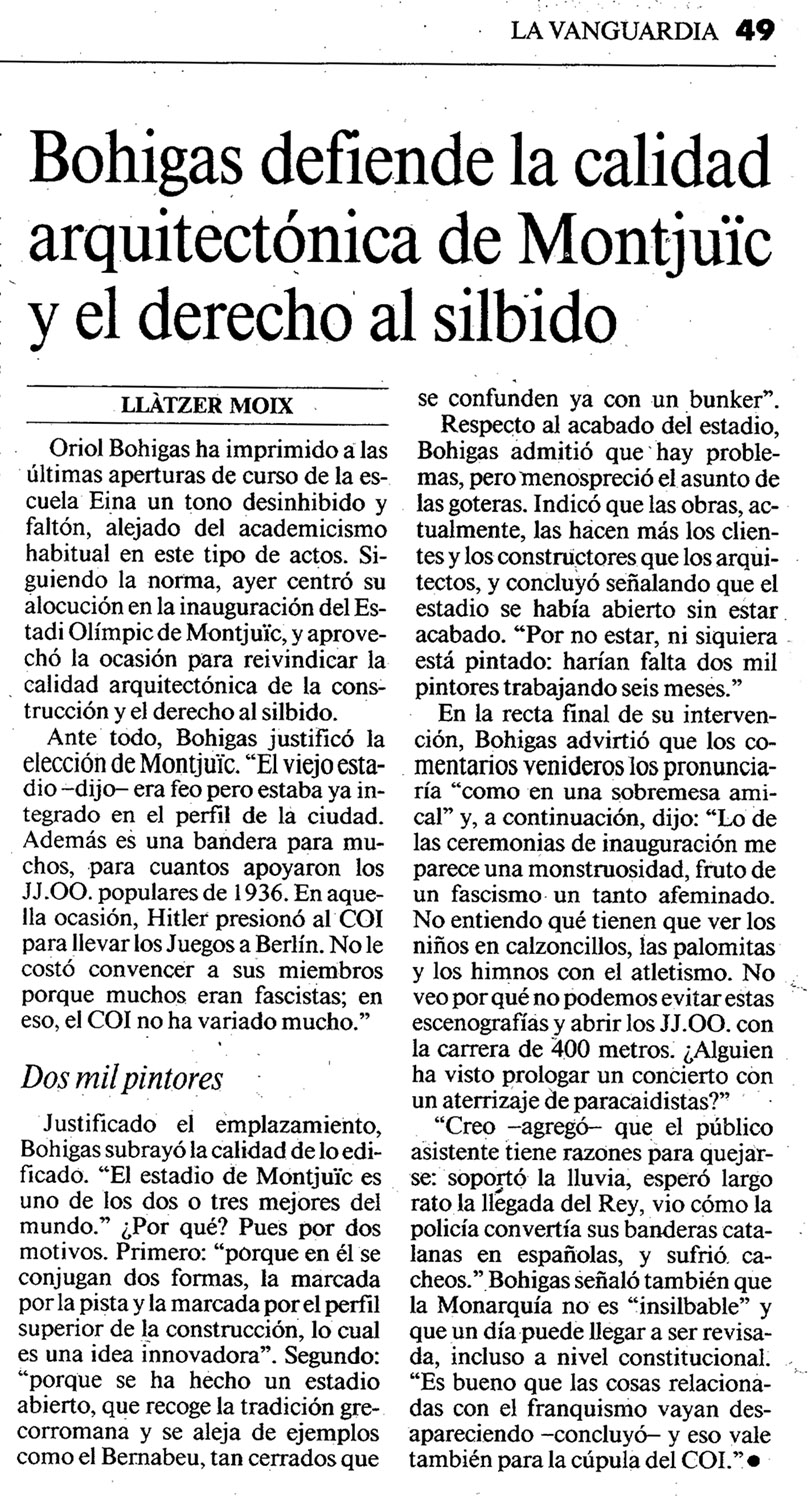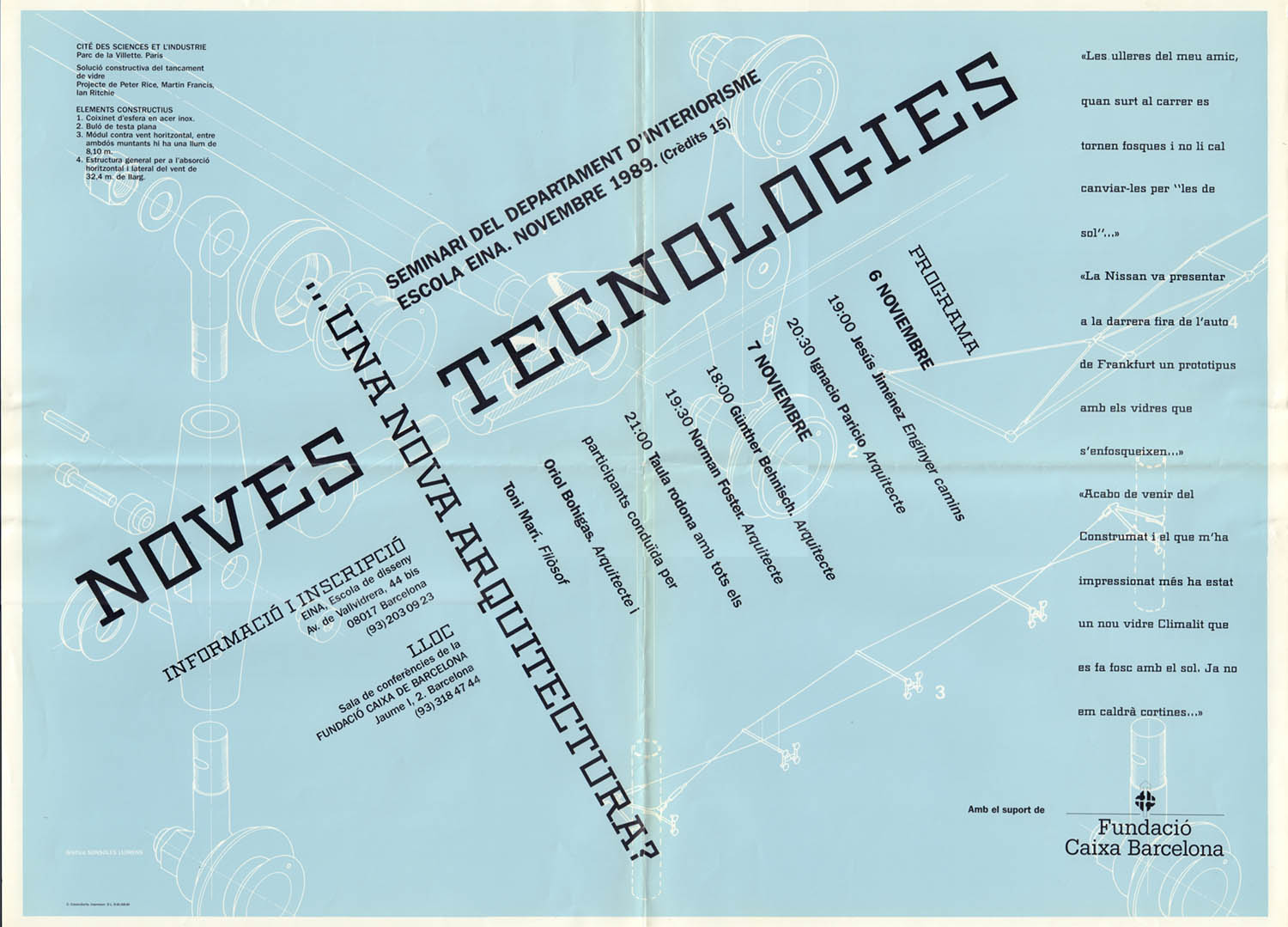On the occasion of the inauguration of the Oriol Bohigas Pavilion at EINA Bosc, this chronicle presents the main activities carried out by Oriol Bohigas, the architect, urban planner, politician, thinker, and friend of EINA.
The relationship between Oriol Bohigas and EINA goes back to the second semester of the first year in 1967 with the students from Elisava, and continued in subsequent years through his participation in courses and seminars as well as through some of the most remembered inaugural lectures at EINA.
His first participation in an EINA activity took place in February 1967 when he participated in the Debate Sessions with Gruppo 63 in which Italian intellectuals such as Umberto Eco, Balestrini, Barilli, Spinelli, Gillo Dorfles, Filippini, Guglielmi, Porta, Riva, Colombo, Manganelli, Bonino, Pagliarani, Curi, Giuliani, and Spatola attended, along with a renowned group of Catalan and Spanish thinkers including Gabriel Ferrater, Mestres Quadreny, Castellet, Vallverdú, Solà-Morales, Ràfols, Gubern, Clotas, Tusquets, Correa, Domènech, Cristian Cirici, Alexandre Cirici, Carles Barral, Gil de Biedma, Celaya, Tàpies, Bofill, and Oriol Bohigas himself, among others.
This encounter strongly marked EINA's initial stages in the form of an impulse in spreading structuralist theories and semiotics which were being progressively introduced in Catalonia and Spain.
In particular, Bohigas's participation included a lecture on art and architecture in Catalonia and Spain, ranging from modernism to the sixties.
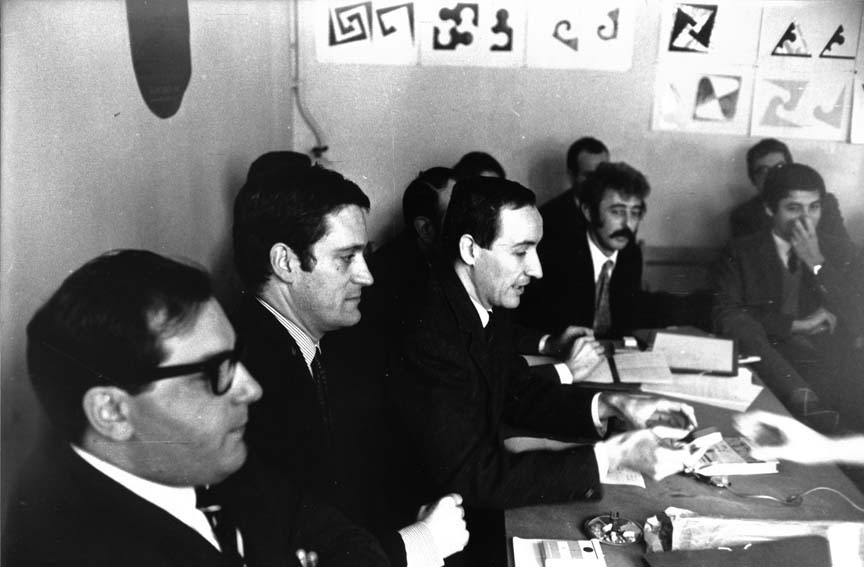
Oriol Bohigas accompanied by Umberto Eco, Guido Davico, Enrico Filippini, and Òscar Tusquets. Photography background Oriol Maspons. Historical Archive of the Association of Architects of Catalonia.
In academic year 1967-1968, Bohigas continued to collaborate with EINA by leading sessions on the history of architecture and urban planning along with other experts such as Emili Donato, Cristian Cirici, Federico Correa, Enric Tous, Ricardo Bofill, and Òscar Tusquets.
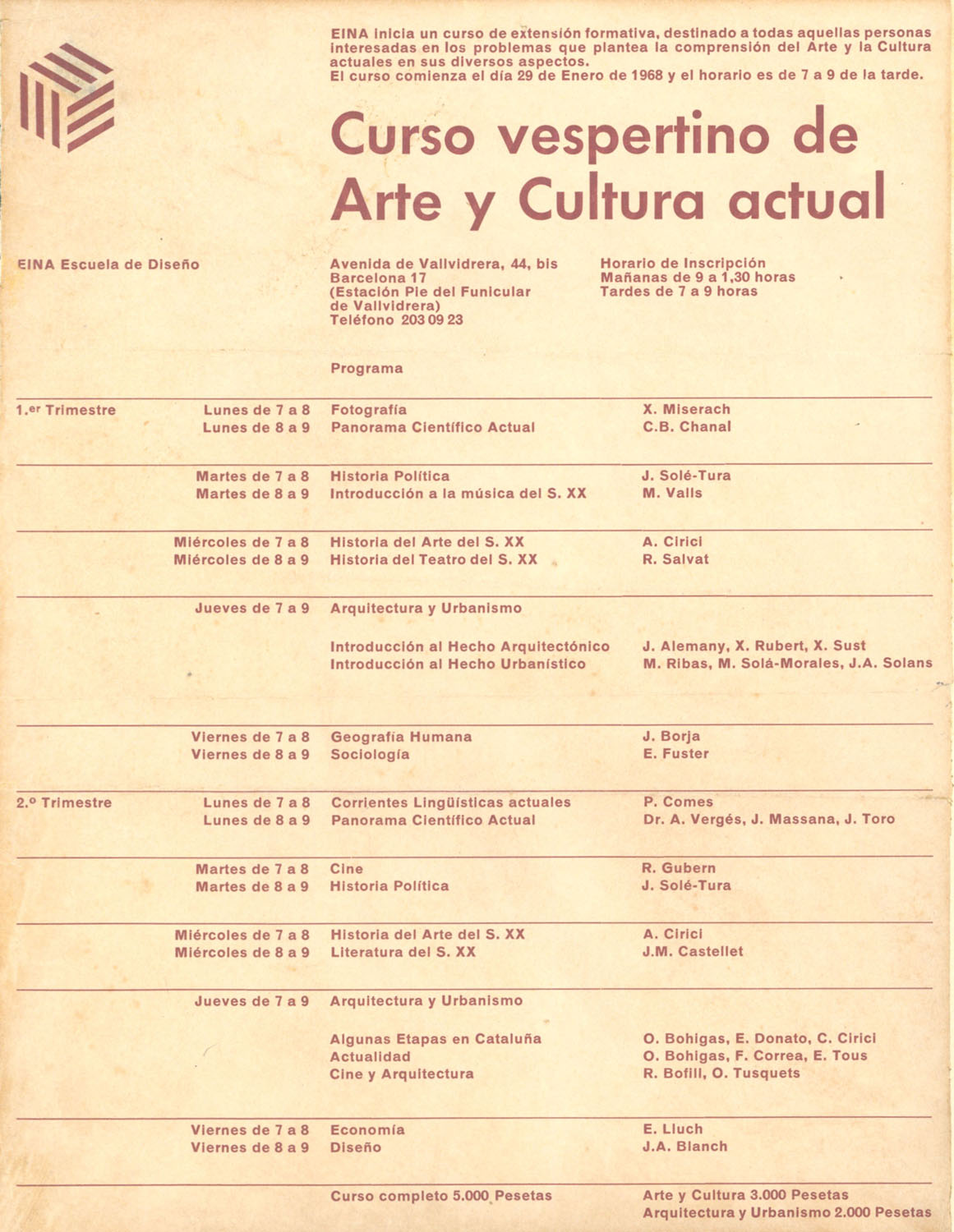
A few years later, Bohigas published the book Spanish Architecture in the Second Republic (Tusquets, 1970) as part of the Miniscule notebooks collection directed by Xavier Sust, also an EINA professor at the time. In fact, the EINA students in a seminar related to the subject actively collaborated in the search for documentation for the book.
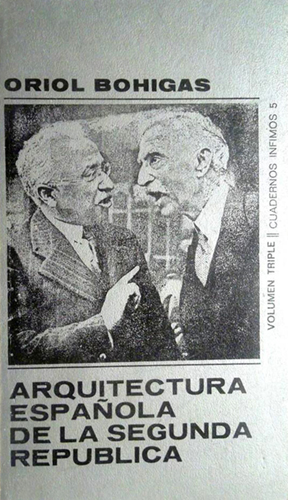
In 1970, aware of the space limitations and the lack of flexibility at Casa Manuel Dolcet for teaching activities, EINA began a project focused on acquiring land and building a new campus, which was planned by the architects Josep Maria Martorell, Oriol Bohigas, and David Mackay (MBM Arquitectes). The building, of which the blueprints have been preserved, never ended up being built.
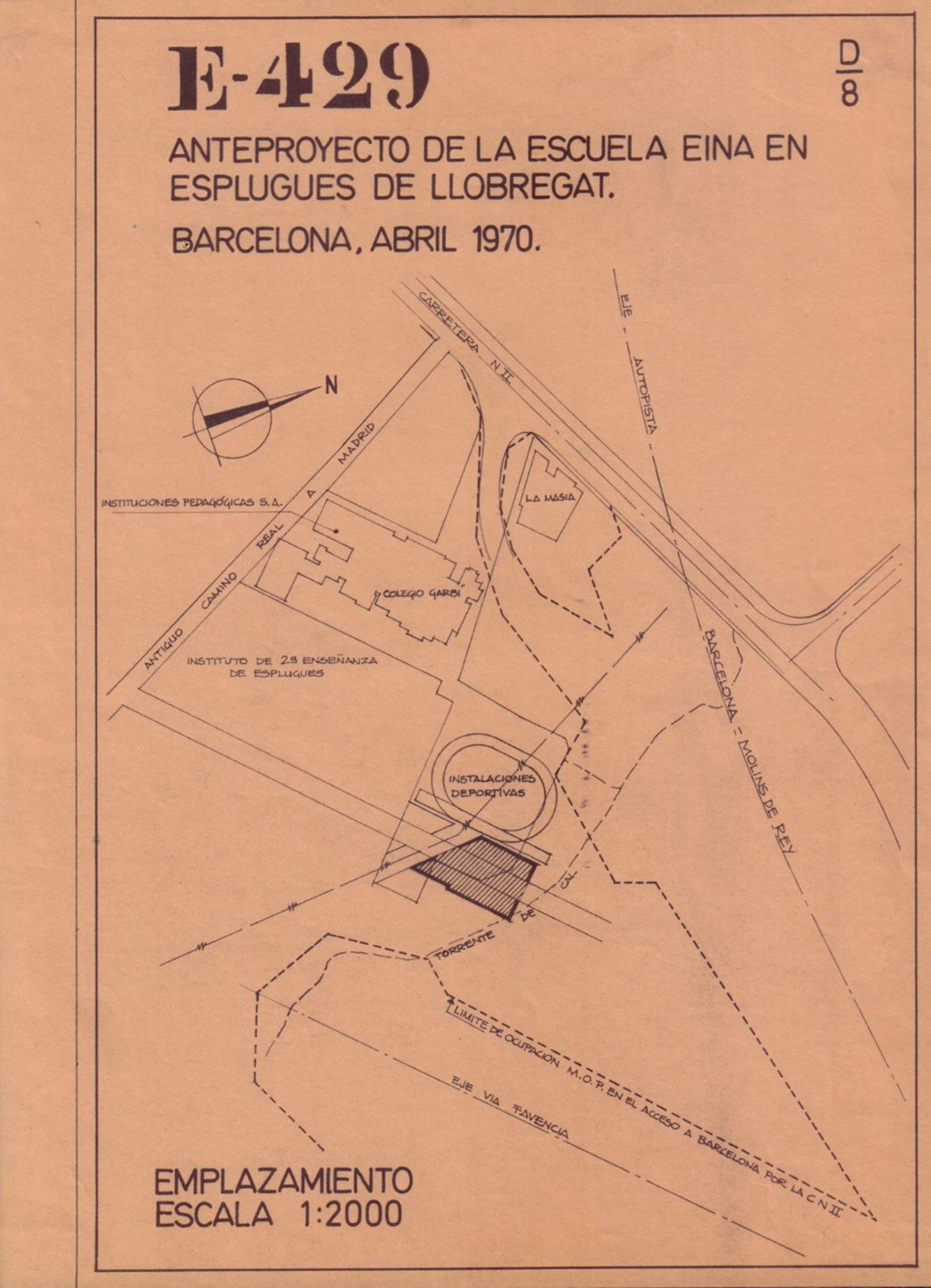
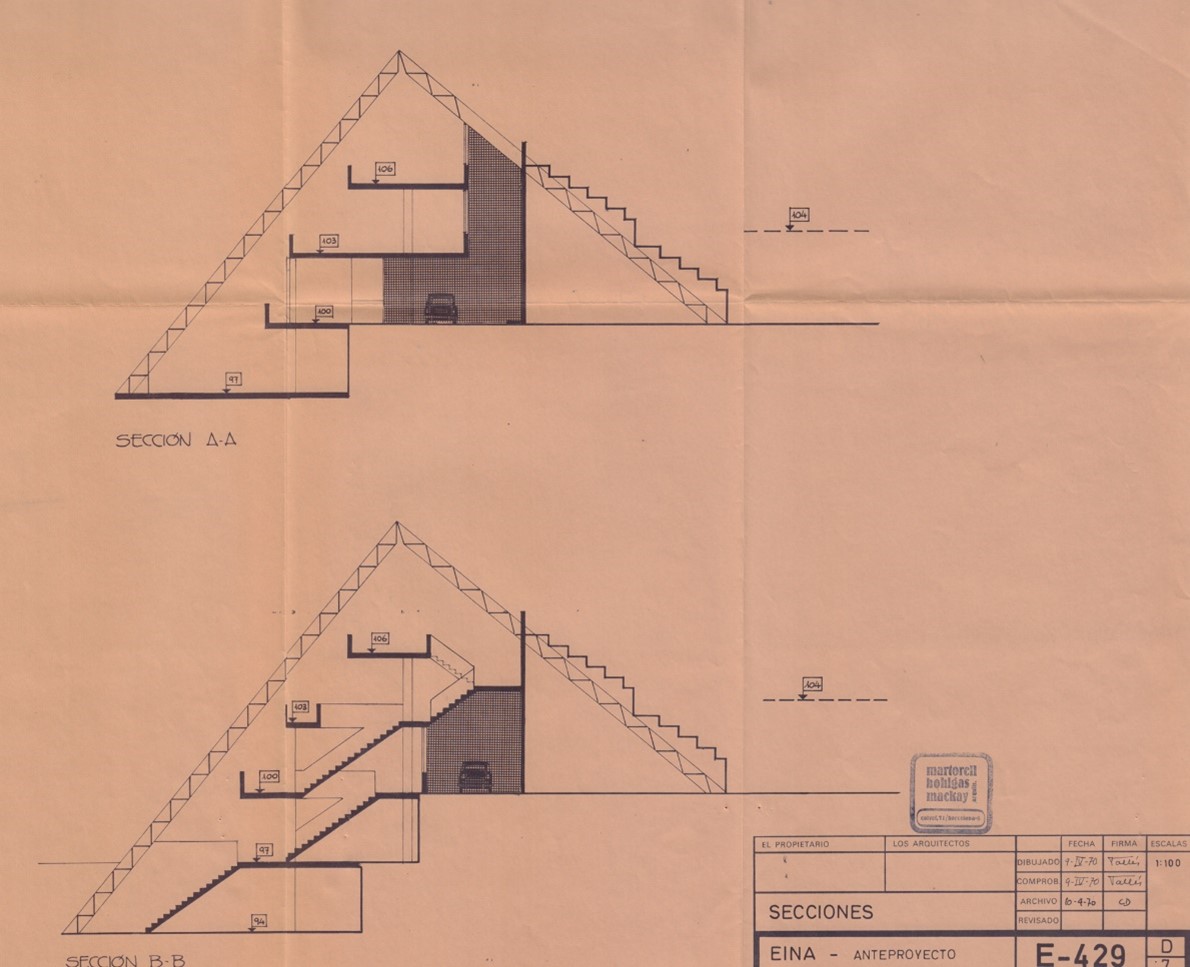
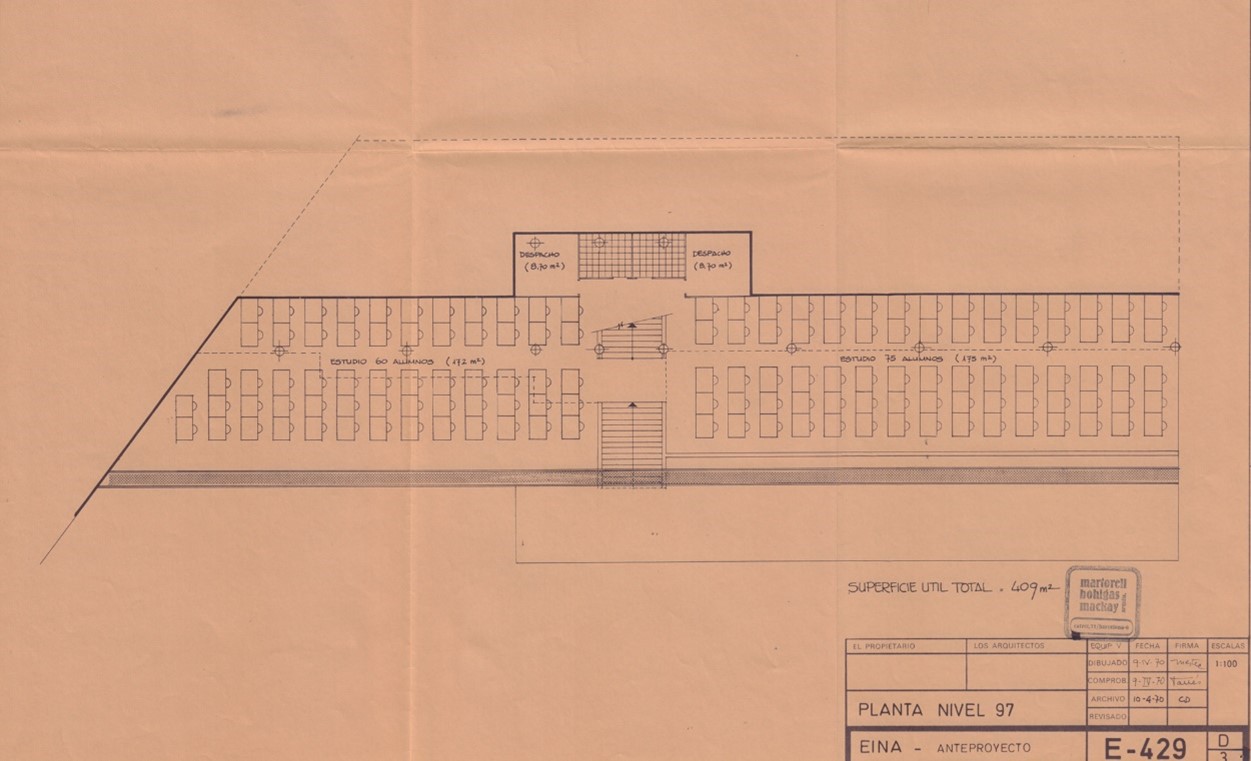
Between the months of May and June 1976, Oriol Bohigas gave another seminar, on this occasion dedicated to issues of urban form focused on the Espanya, Catalunya, Reial, and Nova squares in Barcelona in which he proposed morphology, management, historical, and remodelling actions.
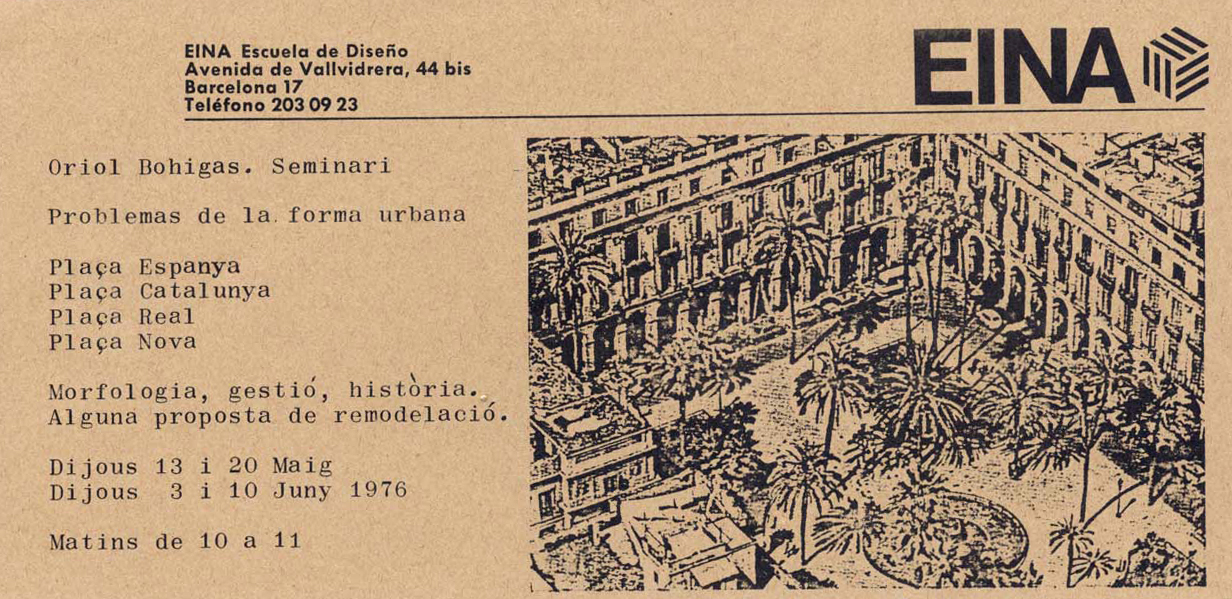
In 1980, upon reaching the Urban Planning delegation with the City of Barcelona, he proposed revitalizing Barcelona with a strong commitment focused on building public spaces that were limited in size and spread across multiple areas in the city. Thus, he intended to eliminate vehicle traffic from Reial square and promote squares like the Sants square.
On the occasion of EINA's tenth anniversary in 1977, Oriol Bohigas participated in the Dedicatòria exhibition through the work shown below, which is part of the EINA art background.
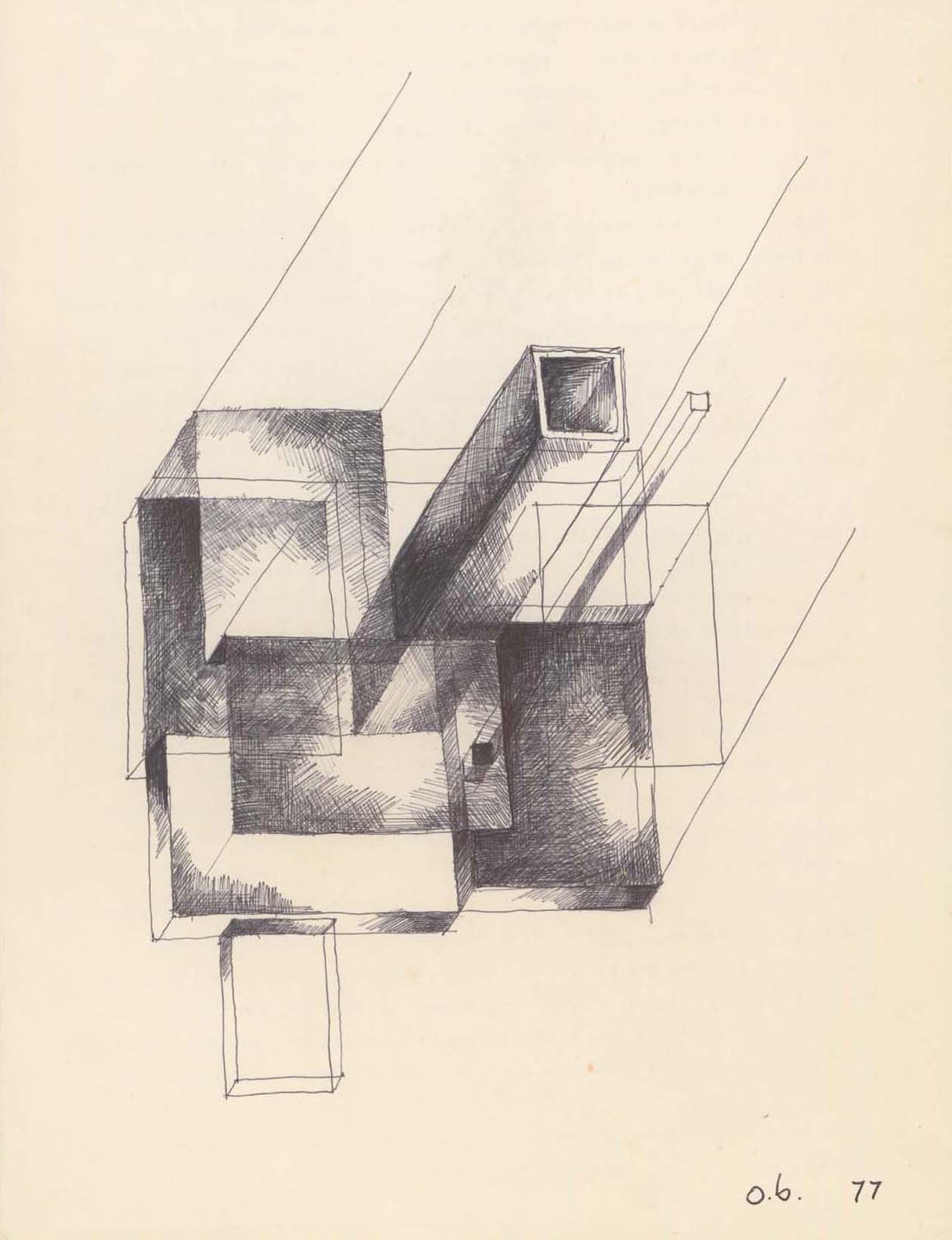
As part of the Consecration of Spring lecture series, the 1981-1982 academic year focused on various tributes involving hundreds of artists and writers, and Oriol Bohigas participated with a lecture on the architect Josep Puig i Cadafalch.
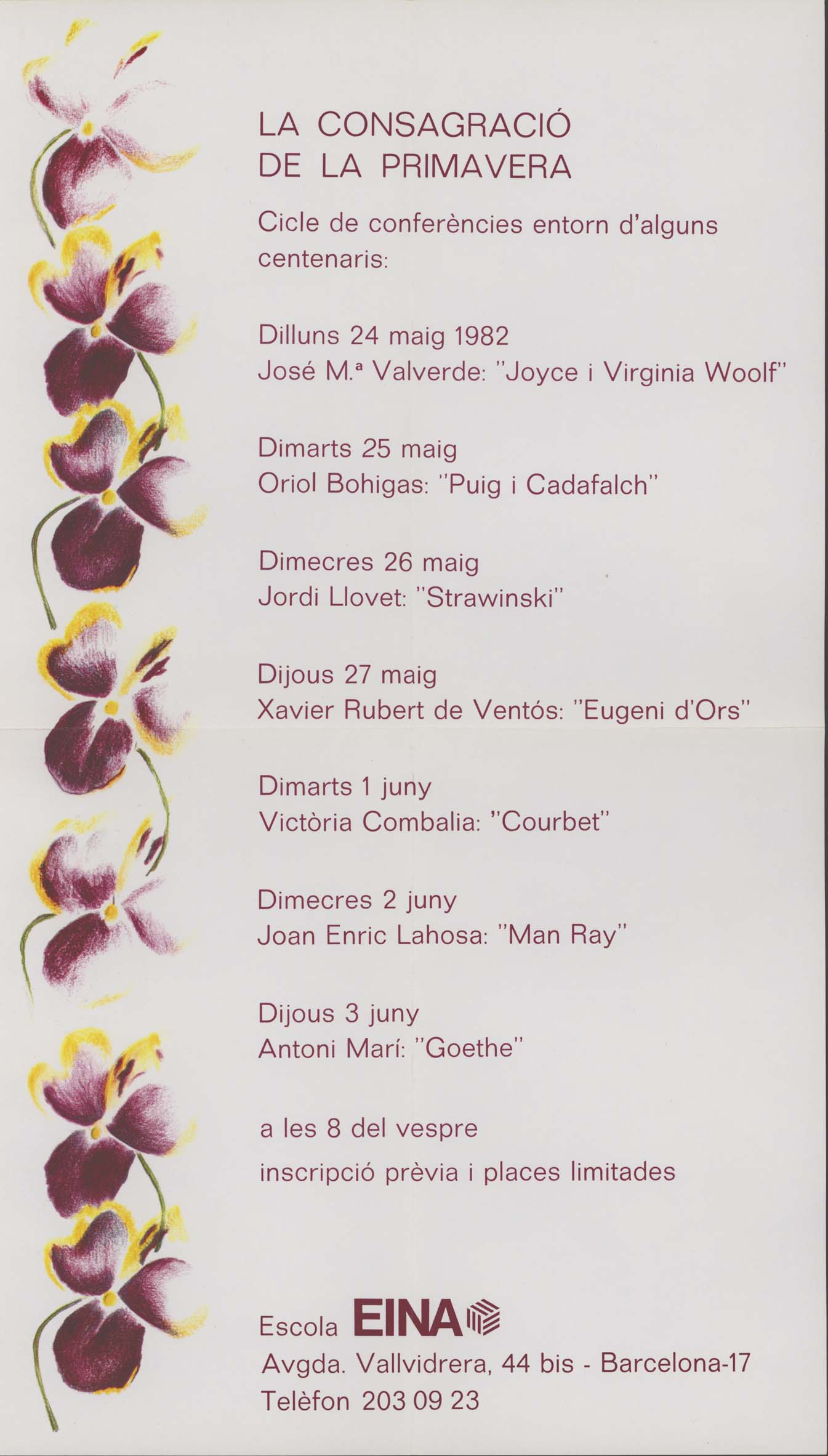
A couple of years later, in academic year 1983-1984, Bohigas was named a Friend of EINA together with Roman Gubern.
After the death of Alexandre Cirici in January 1983, and the lectures by Maria Lluísa Borrás and Eugenio Trias (83-84) and Federico Correa (84-85), Oriol Bohigas went on to become responsible for the inaugural lessons of the EINA academic year.
As he himself acknowledges in the excerpt from the interview published in the book Recordar Cirici, he took on this responsibility with the same controversial drive that permeated Alexandre Cirici's lectures. Thus, Bohigas gave the lectures Benidorm, Andorra, and El Corte Inglés (1985-1986), Uglier than the Escorial (1986-1987), Barcelona: design and sense (1987-1988), Cultural scenography, culture, and public instruction (1988-1989), and The inauguration of the Montjuïc Olympic stadium (1989-1990).

The inaugural EINA lectures and the most controversial statements by Oriol Bohigas were compiled starting in academic year 85-86 by the press at the time.
"Teaching and work have become secondary matters and the only important thing in this world is leisure and fun. In other words, the Jesuits will now close the schools and put up bingo halls. They'll have bingo and horse races and I hope that more substantial fun will come later that goes beyond the material terms of bingo and go as far as the sins of the flesh, which is certainly the most fun."
"The city [...] gives purely casual information. You go window shopping at the shoe store and pass by a churro stand and end up deciding to buy churros. [...] Things that happen in the city are sometimes as important or more important than the form of the receptacle within which these things happen."
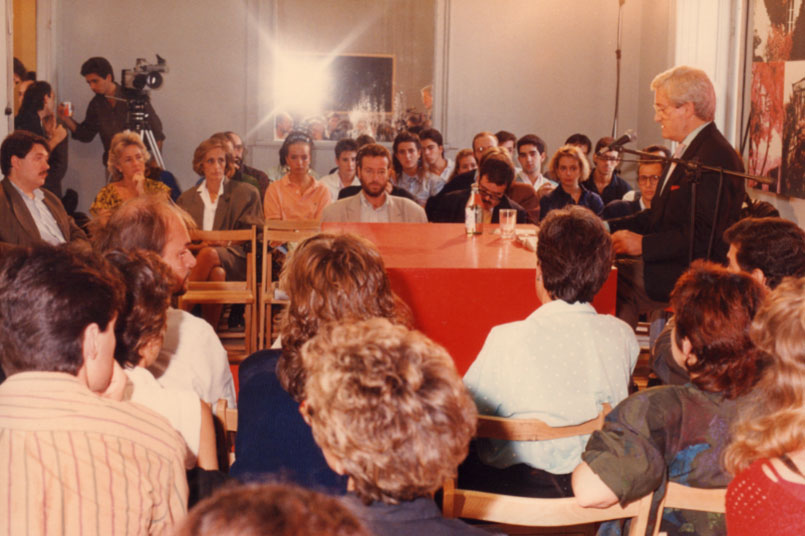
Oriol Bohigas giving the lecture Barcelona: Design and sense (October, 1987) as part of the Barcelona, hermeneutics, and design lecture cycle held on the occasion of EINA's 20th anniversary events, which also served as an inaugural lecture for the academic year.
During the 1989-1990 academic year, the Department of Interior Design at EINA held the seminar New technologies... new architecture? coordinated by Pere Armadas and Ramon Domènech, with participation by Ignacio Patricio, Jesus Jiménez, Günther Behnisch, and Norman Foster. As part of this seminar, Oriol Bohigas, along with Miquel Espinet and Toni Marí, led a final roundtable with all the speakers.
In academic year 1992-1993, Bohigas participated in the seminar Heritage, Tradition, and Destruction, organized jointly by EINA and ARQ-INFAD, in the form of a conversation with Toni Marí that was coordinated by Joan Abelló and focused on the history of the city of Barcelona.
History of the Building
The building on Carrer del Bosc, 2, the second EINA campus since the preceding academic year, was built in the 1930s. Between the 1950s and 1980s it was the headquarters of the Santa Marta Home, a residence home for single mothers owned by the Women's Protection Trust under the Ministry of Justice. Coincidentally, the administrators of the Santa Marta Home commissioned architects Oriol Bohigas and Josep Martorell to build a sewing room and some bedrooms at the end of the courtyard. This expansion was finally completed in 1964. The building is a concrete structure with load-bearing exposed brick walls, which has a facade that is wide open to the courtyard and a rational and open interior layout.
In 2022, the renovation of the building was completed as the new EINA campus by Alicia Núñez and Enric Steegmann, and Raúl Oliva and Cristina Subías, as managers of the facultative and technical management, respectively.
Inauguration of the Pavilion
On 17 December 2022, the Oriol Bohigas Pavilion was inaugurated in an event staged by Xavier Olivé and Beth Galí, with participation by Miquel Molins (welcome address) and an intervention by the architect Juli Capella.
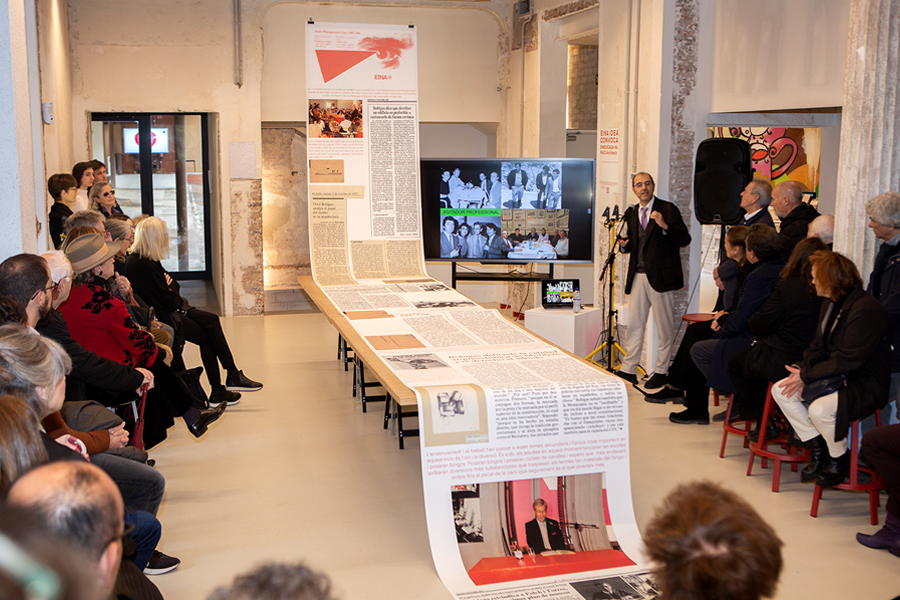
The event featured the performance by the Corona Trio Chamber Group formed by Eulalia Bohigas (flute), Gloria Bohigas (piano), and Beth Galí (cello), and the participation of the soprano Cláudia Schneider under the direction of Eduard Comalada. The group performed the work The Cold Song from Henry Purcell's opera King Artur.
